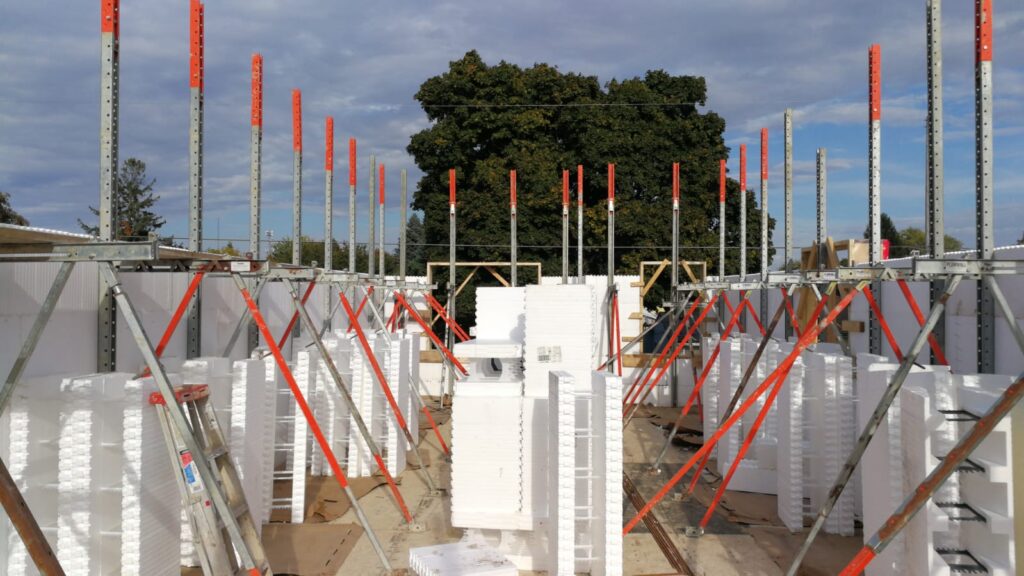Mission Statement
To elevate your living experience with innovative and environmentally conscious building practices. We
aspire to set new standards in homebuilding – because it’s not just a home – it’s your home.
Stating the Art
Whether it was environmental restrictions, economical limitations, or a lack of housing equity; the evolution in home building has not been without its challenges.
Though challenges remain, exciting advances into modern and sustainable home building are being made faster than ever before: the possibilities of home building innovation have become virtually limitless.
At Perpetually Innovative homes, we’re proud to approach environmental, economic, and housing equity challenges by utilizing the dynamics of sustainability to overcome them.
Sustainable homes demand these dynamics:

Environment
Relating to the natural world and the impact of human activity on its condition.

Economy
Careful management of available resources.

Equity
The quality of being fair and impartial.
The homes we design are made with these dynamics at the forefront, including equitable pricing to ensure greater access to sustainable homes. Using a system that is sustainable across most of Canada, we build with ICF (insulating concrete form). Known as a superior alternative to most traditional home building methods, ICF utilizes forms to hold concrete permanently in place. This offers a number of advantages, most notably when it comes to energy usage.
Our homes can also be Space Adaptable, with no interior structural walls. Future Use Adaptability makes your home more than just a place to sleep at night. With this feature, you can transform the interior of one room or even an entire floor plan in order to suit changing needs and lifestyle changes over time.


Stating the Art: Sustainable Living Through Time
Modern sustainability is our focus, but let’s take a look back at the art of living sustainably throughout history.
In Canada, where the climates and landscapes can be as harsh as they are diverse, sustainable living requires creativity and innovation—and there is perhaps no better example than igloos.
While the Inuit in Arctic communities no longer rely on these snow houses for their primary residences, this was once an incredibly sustainable and effective solution. Using natural resources that suited their environment, the Inuit were able to build homes that kept cold air out, warm air in, and provide comfortable shelter for their families.
Sustainable living in Canada largely depends on the region and the climate in which you find it: sustainable home building in an earthquake zone looks different from sustainable home building practices in an area with an incredibly cold or moist climate.
Overcoming the sustainable building challenges of different climates, conditions, and resources is something that not only excites architects and home builders, but the general public too.
More populations are exploring the limits of what’s possible with sustainable home building, with the boldness to consider building homes from the North and South Pole all the way to Mars.

